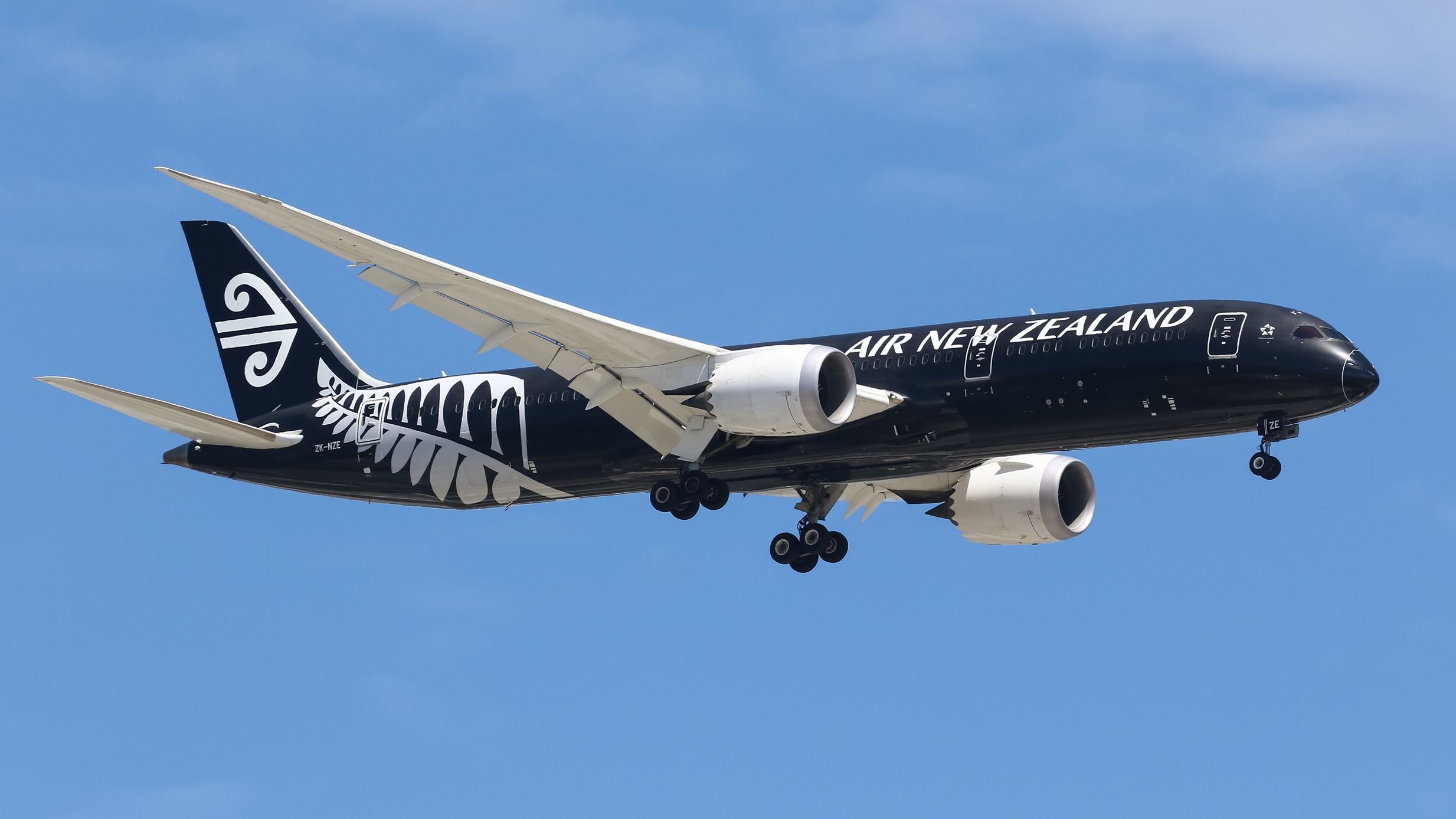Summary
- Air New Zealand axed its 2030 climate target, which had the goal to reduce emissions by 28.9% from a 2019 baseline.
- The climate target was part of the ‘Science Based Targets Initiative’ (SBTi).
- However, the airline said that it remains committed to its net-zero target by 2050, while also saying that it was exploring a new near-term emissions reduction target.
Citing the availability of new aircraft, affordability and availability of sustainable aviation fuel (SAF), and lack of political support, Air New Zealand has scrapped its 2030 climate target, which was introduced as the ‘Science Based Targets Initiative’ (SBTi).
Aircraft delivery delays
Grego Foran, the chief executive officer (CEO) of Air New Zealand, stated that in the past few months, and especially in the past few weeks, it has become apparent that potential aircraft delivery delays could force the airline to keep its aircraft for longer due to the global manufacturing and supply chain problems.
“As such and given so many levers needed to meet the target are outside our control, the decision has been made to retract the 2030 target and withdraw from the SBTi network immediately.”
Foran added that the airline’s leadership team has begun considering new near-term emissions reduction targets that would reflect the challenges related to aircraft delivery delays and the availability of SAF or alternative jet fuels.
Photo: Air New Zealand
Ch-aviation data showed that Air New Zealand was scheduled to take delivery of four Airbus A321neo, two ATR 72-600, two Boeing 787-9, and six 787-10 aircraft, as well as a second-hand 777-300ER, which Cathay Pacific previously owned, operating the aircraft, registered as B-KQG, between August 2013 and May 2024.

Related
Air New Zealand Reduces Full-Year Profit Expectations As Demand Softens And Competition Grows
The airline decreased its earnings forecast by about $6 million.
Remaining committed to net-zero target by 2050
However, Therese Walsh, the chair of Air New Zealand, emphasized that the airline has remained committed to reaching net zero by 2050.
“Our work to transition away from fossil fuels continues, as does our advocacy for the global and domestic regulatory and policy settings that will help facilitate Air New Zealand, and the wider aviation system in New Zealand, to do its part to mitigate climate change risks.”
While the content of the airline’s SBTi page now said that the site was under review, an archived version of the page said that Air New Zealand’s interim target was to reduce the carbon intensity of its operations by 28.9% from a 2019 baseline.
Photo: Jordan Tan | Shutterstock
Air New Zealand detailed that carbon intensity was defined as greenhouse gas emissions per revenue tonne kilometer (RTK), which measures passenger and cargo payload that the airline carries on a flight.
Furthermore, the carrier said that it would achieve the SBTi’s target by using SAF, continuously renewing its fleet, improving operational efficiency, and using next-generation aircraft technologies.

Related
Air New Zealand Celebrates A Decade Of Boeing 787 Dreamliner Services
Today marks ten years since the first Air New Zealand 787-9 landed at Auckland Airport, ushering in a new era of passenger comfort.
Supply issues
In addition to Airbus admitting that it would fail to hit its 800 aircraft delivery target in 2024 and Boeing now focusing on improving the quality of its aircraft, as well as slowly ramping up the production rates of the 787 program, the supply and cost of SAF has also limited airlines, including Air New Zealand.
According to an International Air Transport Association (IATA) fact sheet, SAF production tripled to 600 million liters in 2023. However, that only represented 0.2% of the global jet fuel use.
Photo: Airbus
In June, Air New Zealand said that it had received 500,00 liters of SAF or enough fuel to power 165 flights between Auckland Airport (AKL) and Wellington International Airport (WLG) on an Airbus A320.
The SAF would be used on Air New Zealand’s ATR aircraft, which have lower emissions than jet-powered aircraft.
Nevertheless, the airline cited IATA’s data, saying that the projected production of SAF would once again triple in 2024 yet would only amount to 0.53% of the global alternative fuel needs.

Related
What Is Stopping Planes From Using 100% SAF Already?
SAF production continues to be capital-intensive.




